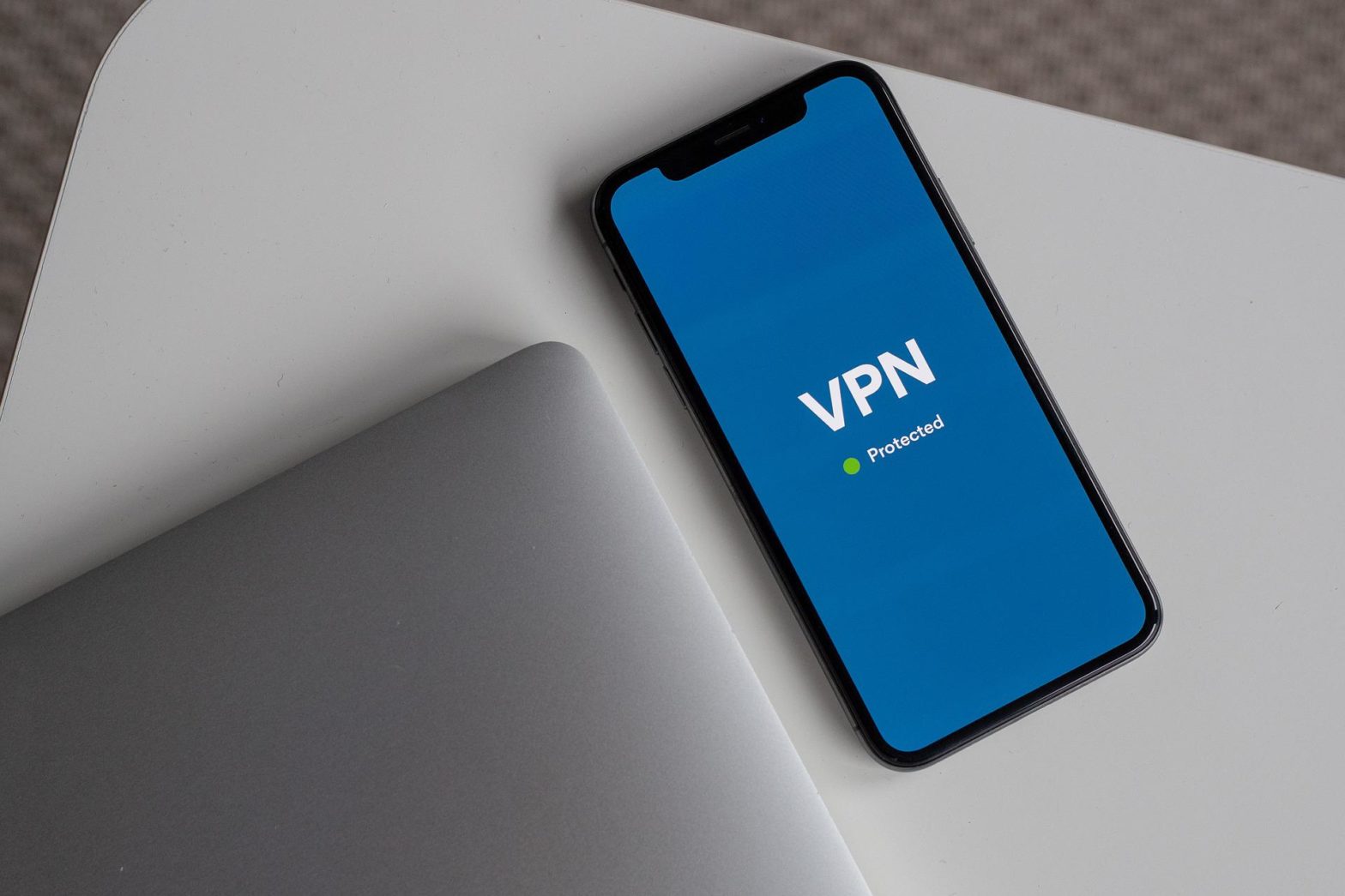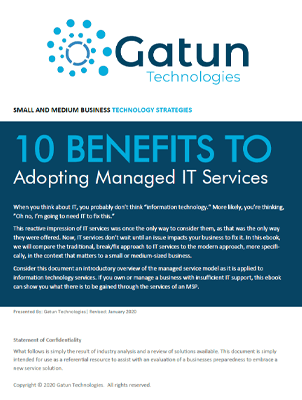
Do you struggle with your VPN?
With many of our mobile workforces now working in a hybrid environment or fully remote, technologies such as VPNs (Virtual Private Networks) have become invaluable when it comes to accessing company information, files and documents.
We are now seeing a growing trend among modern, forward-thinking companies where that are now ditching their VPNs in place for cloud file solutions such as Microsoft’s Azure file storage. Combined with Microsoft Intune policies, there’s now no need to have a VPN.
Instead, files are accessed via the cloud, and management of who has access to what files is controlled in Microsoft Azure.
But what exactly are the benefits of moving away from a VPN to one of these newer solutions for your company?
It’s Hassle-Free
With the right policies in place, all company devices are pre-configured to access the cloud storage locations they have permission to. No need to connect to a VPN or use 3rd party software before accessing files all you need is an internet connection and a windows login.
Your files will be presented to you via a standard Windows folder structure that you are familiar with.
Logging tickets with the IT helpdesk about failed VPN connections will become a thing of the past, and if you have any experience of VPNs, you know how much time this will save each and every one of your employees.
Faster access
VPNs operate in a single location – the files you need to access are stored usually in the office access to those files can slow down depending on your location relevant to the office.
With a cloud solution, you have persistent file access, and data is replicated down to the nearest Microsoft data centre.
This allows you to access files faster – particularly useful if you manage larger sizes of data and media.
Secure
Because file access is controlled via inbuilt policies instead of 3rd party VPN software, there’s less risk of a security breach.
VPN credentials cannot be compromised as there’s no need for them. The same’s true for the VPN software
– because there’s no need for a VPN client, it’s one less security concern that has to be updated or managed.
Conclusion
Of course, not every business scenario will fit into this modern “VPNless” solution. There are cases when a VPN is critical. These include certain location applications or services that can’t operate correctly without VPN connectivity back to a central location. That’s why we suggest a review of the current IT infrastructure set up prior to any form of upgrade. This should include user testing with key members of your team to see where there may be considerations that have to be put in place prior to the upgrade.
No matter what type of business operations you are running, it’s worth investigating this solution as it will save both time and money over the longer term. Contact us today for some impartial advice on any technology problem you might be facing.





